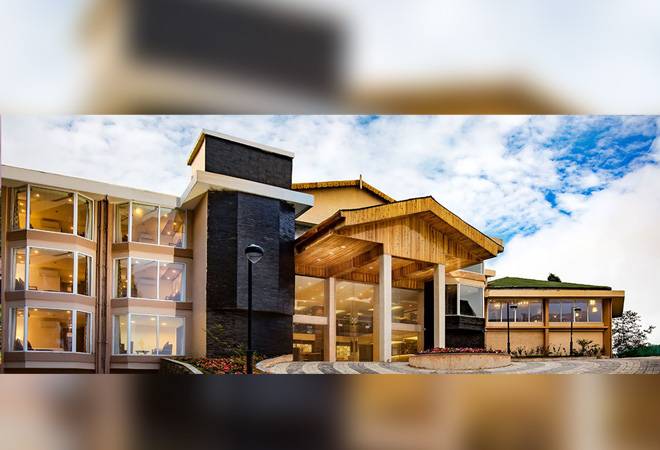Why Sterling Holidays is pivoting its business

The scalability issues with timeshare vacation business have galvanised Sterling Holidays to pivot its business. Chennai-based Sterling Holiday is going whole hog into becoming a regular hotels company. Unlike in the past where it owned resorts or leased them from developers, the company is actively looking at managing properties which are owned by developers, an asset-light model which is famous with international branded hospitality chains in India.
Sterling has already signed five management contracts and is hoping to sign 10 hotel properties this year under the managed model, adding 400 rooms to its existing inventory of 2,400 rooms.
“We are taking on a major transformation of the business. We realised that the timeshare business can be scaled moderately whereas we wanted to scale much faster. We want to be a pure holiday player where anybody can home, not just members,” says Ramesh Ramanathan, the Managing Director of Sterling Holidays.
Sterling and its bigger rival Club Mahindra are the two biggest players in the timeshare vacation segment. While Club Mahindra is still focused on the timeshare vacation business, Sterling sees a bigger opportunity in the hotels segment. For the starters, in the timeshare business, players like Sterling sells memberships where members can avail holidays for a certain number of days every year.
With its changed strategy, Sterling wants to cater to holidays customers in a more focused way. “We realised that there’s no pure-play holiday company,” says Ramanathan adding that the big hospitality chains have their foot in both city hotels business, and holiday locations. “We felt that they were treating customers the same everywhere. We thought that a holiday customer is different in its requirements than a business customer. In a business hotel, it’s about catering to one person. In a holiday, it’s invariably a family. That’s the basic difference,” he says.
Sterling is looking at expanding its offering beyond food and accommodation. Holiday travellers can access websites like TripAdvisor for reviews but the ratings are still broadly concentrated around accommodation and food. The activities and discoveries around holidays are new emerging areas for hotels to tap into. “We need to go beyond hotels, and delve deep into experiences and discoveries,” says Ramanathan.
By going beyond timeshare vacation business, Ramanathan believes that he has opened new avenues of growth. “A millennial doesn’t want to buy a 25-year product. Why should I leave them if my resorts can offer them good experience?,” he adds. Globally, operators like Wyndham, Marriott and Hilton, who are big in the timeshare vacation business, are facing challenges in scaling up this side of the business.
With change in the Sterling’s model, there’s an overhaul of the product offerings as well. For instance, its hotels products now cater to a wider customer segment-age group of 22 to 55 years. The types of products have also been expanded from just holidays to MICE (meetings, incentives, conferences and exhibitions), weddings, and reunions. “Earlier, we used to go to pure holiday locations. We are now going into three more types of locations-heritage centres (Jaipur, Agra, Jodhpur), pilgrimages (Shirdi, Puri) and drive-to locations,” he says.
Getting into hospitality will be challenging especially when it has to compete with bigger (global) brands to sign up developers for the managed model. Ramanathan says that he has managed to put across an interesting package to developers where they get occupancies from not just regular guests but also from the Sterling’s existing members. “We are able to sell them a combined model,” he says.
For Sterling, the business is evenly divided between hospitality and timeshare vacation segments but the hospitality part is growing faster than the legacy business. The uptick in the domestic hospitality business might give a marginal boost to Sterling; the litmus test is going to keep the growth momentum going in the face of heightened competition from more popular brands.
[“source=businesstoday”]




